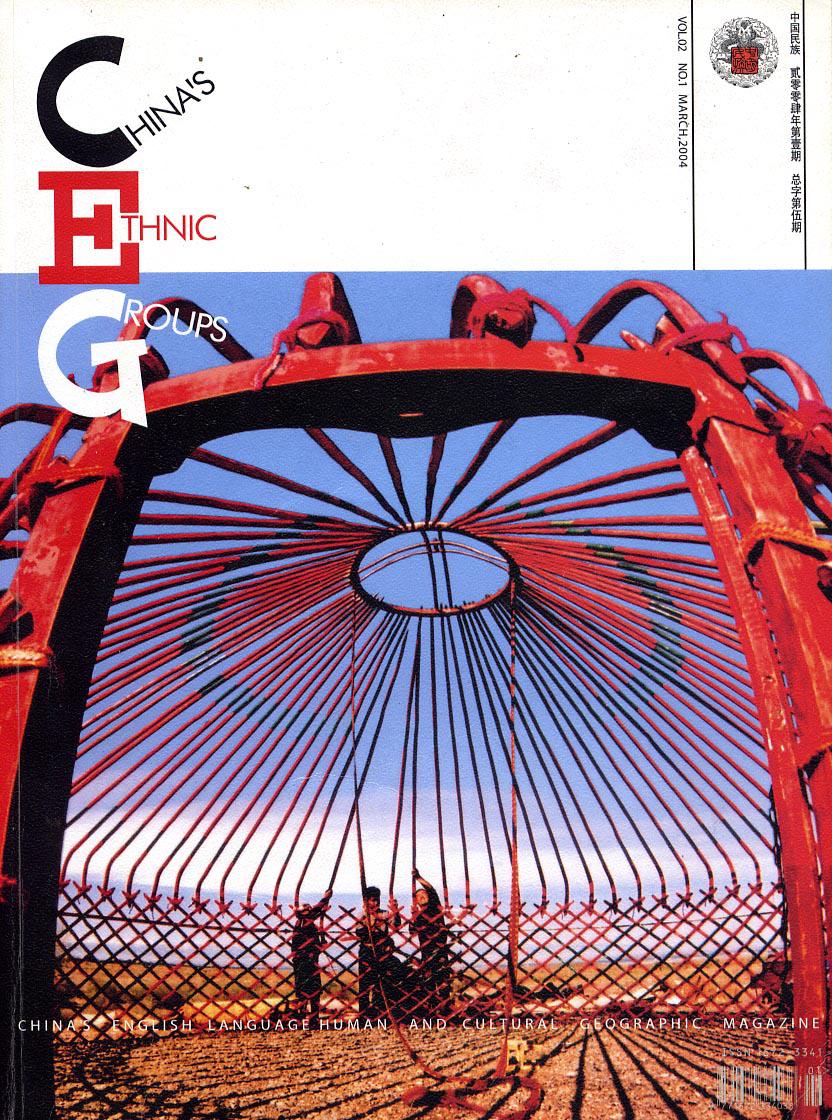Kites in Still
文:郑茜
A kite impresses people at first glance for its aesthetic design, the beauty in static state. Then when it flies into the air, what attracts people is its beauty of motion. While following the kite into the vast expanse of sky, people retain a broadened mind and cheerful mood. So we come into a conclusion that kite brings people at least three enjoyments.
Some people hold the view that there is no need to spend too much effort on painting kites. Instead of making exquisite drawings, it is better to draw rough lines and big blocks of bright colors in kites since the pictures on kites become unclear on sky.
However, craftspeople from Weifang have a different view. In their minds, paintings on kites are different from plain pictures and are superior to the commonly seen pictures as a motion and three-dimensional one which people can appreciate either closely or from distant. While hanging at home, kites are art works with fine brushwork and close attention to details; while flying on the sky, they manifest magnificent pictures. So the Weifang craftspeople have always attached great importance to painting of their kites and dare not be the least bit negligent.
A qualified kite maker in Weifang should have a good sense of color and know well of the painting techniques of different styles.
A kite maker is regarded a special artist there. He/she should first make the picture on a kite a good artwork and at the same time create a perfect visual effect from the distant, by way of design and arrangement of colors, when the kite flies on the sky.
Painting has played an important role in judging whether a kite is beautiful or not. A kite craftsman has to take two factors into account when drawing pictures on a kite: the visual effect from both near and afar. Watched from distance, a kite should be bright colored with sharp contrast; while closely observed, it should be pleasing to the eye, artistic and with good taste.
In China, kite paintings mostly adopt the gongbi (traditional Chinese realistic painting characterized by fine brushwork and close attention to detail), strong-colored, freehand brushwork and woodblock painting techniques. Some experienced kite craftspeople say that the key to making fine pictures on kites is to catch the likeness of spirit.
Since scholars and artists are also involved in the producing of kites in Weifang, the original simple folk art form has experienced drastic changes in history. A clear evidence of the change is that traditional Chinese paintings are moved onto kites.
The introduction of traditional Chinese painting styles into kite painting has greatly enhanced the visual effect of kites and at the same time broadened the range of aesthetic value of kites. Further more, their participation in the folk crafts, which had been considered not appealing to refined taste for a long time, has drawn closer between the folk artists and those men of letters who were kept aloof and arrogant toward folk arts.
Contemporary artist Ma Jin had set an example in engaging in the painting of kites. He once imitated the style of Lang Shining (Italian artist Giuseppe Castiglione) and introduced some of the Western painting elements into kite drawings. Aixinjueluo Yuhuan, an offspring of the royal family of Qing Dynasty, painted kites with traditional Chinese painting techniques like freehand brushwork characterized by vivid expression and bold outline. There were other artists who were so imaginative that they moved calligraphy onto kites. The representative ones include “Xianxia Taiping”(Peace Reigns under Heaven), “Jixiang Ruyi”(Good luck) and “Xinghua Tian”
In the first year of Republic of China (1912-1949), a kite artisan from Weixian County named Yu Xiaotang participated in a kite competition in Qingdao with three of his kites. His “Butterfly” on which the artisan has added some feather-like substances on the bright-colored painting, looked so real that the audiences acclaimed the work as the acme of perfection.
Painting is playing a more and more important role in the making of kites. The value for appreciation of kites as art works is no lesser than the joy of flying.
- 中国民族(英文版)的其它文章
- Globalization and the Future of Anthropology
- Gazing At The Gates Of the Qinghai-Tibet Plateau
- Nomadism : One of the World’s Great Mysteries
- Last Nomads in China : Notes of the Everyday Life of Kazak Nomads in Xinjiang
- China And kites -a Cultural Reflection
- Yangjiabu : 500 Years of Pride, Paintings and Kites

